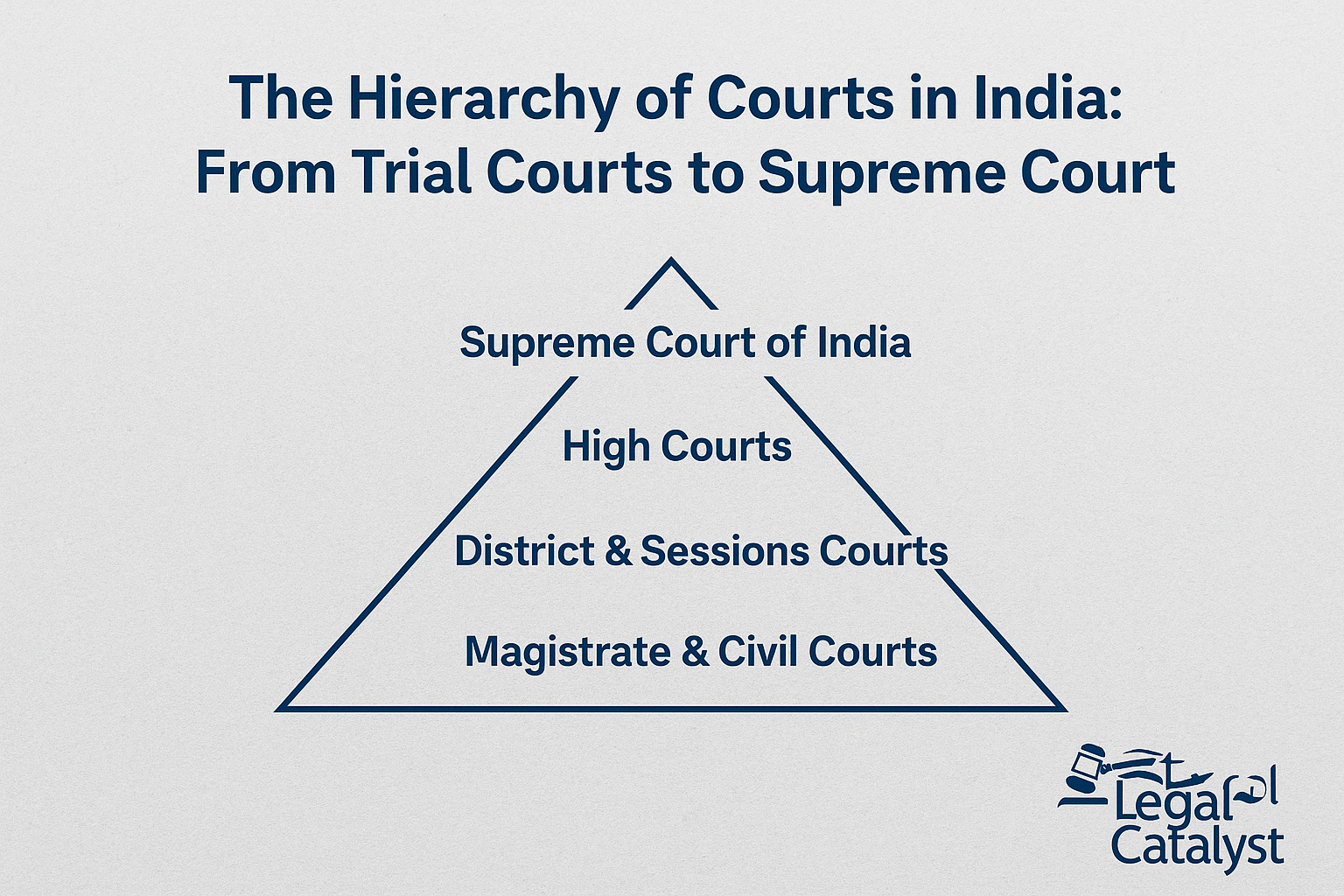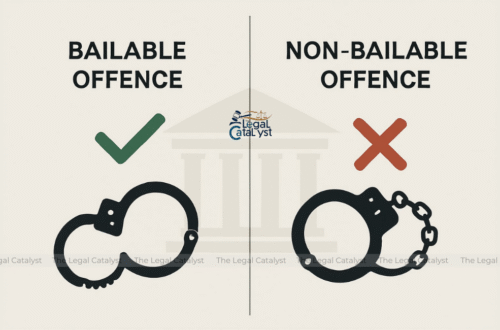Learn how to register a trademark in India step by step. Discover 7 essential actions to protect your brand legally and secure exclusive rights over your business identity. This complete guide explains the entire process, benefits, and common mistakes to avoid so you can build a strong, protected brand with confidence.
Table of Contents
- Introduction
- Why Registering a Trademark Matters
- 7 Steps on How to Register a Trademark in India
- Benefits of Trademark Registration
- Common Mistakes to Avoid
- Conclusion
Introduction
How to Register a Trademark in India is a common question among entrepreneurs, startups, and established businesses alike. A registered trademark is a powerful tool to protect your brand identity and build trust with customers. This comprehensive guide explains the 7 essential steps to secure your trademark successfully.
Why Registering a Trademark Matters
A trademark registration:
- Grants you exclusive rights over your brand name, logo, or slogan
- Prevents unauthorized use by competitors
- Adds legal value to your business assets
- Builds credibility and recognition in the market
Whether you sell products or services, trademark registration is an important strategic step.
7 Steps on How to Register a Trademark in India
Step 1: Conduct a Trademark Search
Before filing, you must ensure your mark is unique. Conduct a trademark search on the official Intellectual Property India website to check for existing trademarks similar to yours.
Step 2: Choose the Correct Class
India follows the Nice Classification system with 45 classes of goods and services. Selecting the right class is essential to ensure proper protection.
Step 3: File the Application
You can file:
- Form TM-A online via the IP India website
- Through a trademark agent or lawyer
Include:
- Applicant details
- Brand name/logo
- Class of goods/services
- Priority claim (if any)
Step 4: Examination by Registrar
The Registrar examines the application to check for:
- Conflicts with existing trademarks
- Compliance with the Trademarks Act, 1999
If any objections arise, you will receive an examination report and must respond within 30 days.
Step 5: Publication in Trademark Journal
Once accepted, your application is published in the Trademark Journal to invite objections from the public.
Step 6: Opposition Period
A 4-month period follows publication, during which any third party can oppose your application. If opposed, you will need to contest it through evidence and hearings.
Step 7: Trademark Registration Certificate
If no opposition occurs or it is resolved in your favor, you will receive your Trademark Registration Certificate. Your trademark is then protected for 10 years, renewable indefinitely.
Benefits of Trademark Registration
✅ Legal ownership of your brand
✅ Exclusive usage rights nationwide
✅ Right to sue for infringement
✅ Enhanced brand reputation
✅ Asset creation for licensing or franchising
Common Mistakes to Avoid
❌ Not conducting a thorough trademark search
❌ Choosing the wrong class
❌ Filing incomplete documents
❌ Missing deadlines for responses or renewals
Conclusion
Understanding how to register a trademark in India empowers you to safeguard your brand, gain a competitive advantage, and establish long-term credibility in the marketplace. By following these 7 essential steps carefully, you can avoid unnecessary delays, legal disputes, and costly errors. A registered trademark not only protects your intellectual property but also demonstrates your commitment to quality and professionalism. Whether you are a startup founder, an established business owner, or an individual creator, taking proactive steps to secure your trademark is an investment in your future success. If you need assistance, consult an experienced trademark attorney to guide you through the process seamlessly.
What to do if you Got arrested?






